We turned off onto Highway 82 to Aspen. What a mess! The drive was riddled with LOTS of constructions. excessively low speed limits, and many many stop lights. There were so many ligths that traffic couldn't go through an intersection because the cars will still stopped and backed up from the next light.
We attempted to stop at the tourist center but it was only pay parking... which was all full anyway. So we continued out of town to Difficult Campground. Fortunately it did not live up to its name as the city was doing.
We set up our tent in small pieces at a time since the spot was currently in the full blazing sun. We rested in between stints in the car parked in the shade.

Our campsite

Bear warning signs were posted everywhere.


The site even came with its own bear-proof food box.


Our tiny snack bag of another American "treat" for Regan to experience... cheese puffs
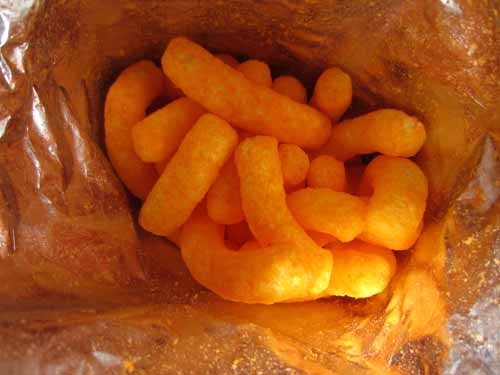
They looked like no food nature would every produce...

... and if you read the ingredient list, you'd know why. Mmmm... MSG, artifical flavors and colors.

A sign you don't read everyday taped to the one of the bathrooms

Another great poster inside one of the bathrooms... animal mothers and babies...
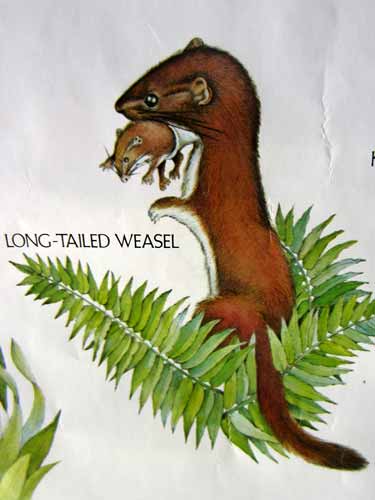
... including our little weasel from the other evening! Although our weasel was carrying the dead mouse the exact same way this one is carrying its baby.
Just outside the campground was a trailhead, Difficult Creek Trail No. 2196. We followed the creek for a bit, then the trail headed uphill. We turned around when it started to get really steep. The light was gorgeous, illuminating the forest and its numerous creatures.

The map at the trailhead

Into the trees

Aspens tower overhead.

Such a wide variety of shapes...

... and textures!


Aspen leaves

The flat, soft leaves of the Rocky Mountain Douglas Fir. These trees, however, are not true firs (which are of the genus Abies). Instead it is of the genus Pseudotsuga. 19th century botanists had problems in classifying these trees due to their similarity to various other conifers better known at the time. Because of their distinctive cones, the trees were finally placed in a new genus (the "false hemlocks") by the French botanist Élie-Abel Carrière in 1867. In an attempt to avoid some of the confusion, it is often written as Douglas-fir.

The two white stripes on the underside of these leaves indicate that it is a Colorado or Rocky Mountains White Fir. It is native to these mountains and is the tree popularly used as the Christmas tree.

These two carpenter ants worked incredibly well together to quickly transport this large insect carcass.
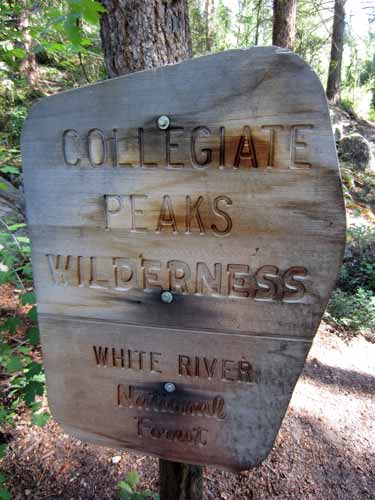
Heading into the wilderness

A bridge over Difficult River (a distant cousin of Troubled Water)

The gorgeous cascades

Glowing in the sun


He looks all innocent here...
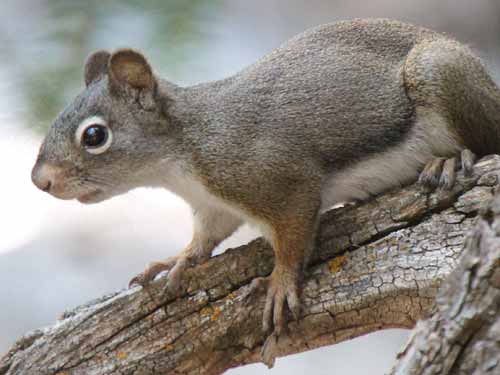
... just a harmless little pine squirrel...

...but this thing stalked us. We saw him several times along our hike, watching us vigilantly from the trees. Then he'd disappear, only to reappear a bit further along the path. I know what you are thinking... 'too much time alone in the woods'... but it was definitely more than just random squirrel sightings.

Insects gather at some dogbane flowers.


More dogbane

Fireweed

The Pale or Pallid Swallowtail is quite similar in appearance to the Western Tiger Swallowtail except they are a creamy white or pale yellow color.

The Weidemeyer's Admiral belongs to a subfamily of Brush-footed butterflies. The common names are of military ranks or titles of nobility, in reference to their large size and bold pattern and dashing flight.
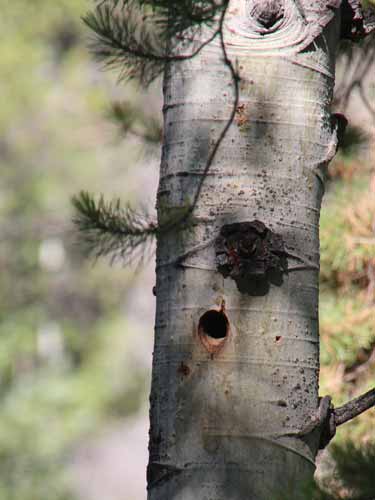
Inside this hole was a very vocal baby bird!
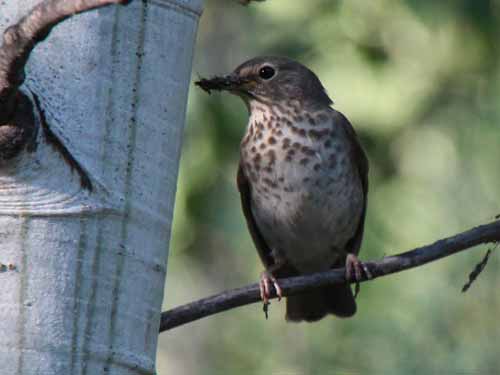
Could this be mom with a mouthful of insects?

Heading back for an early night

